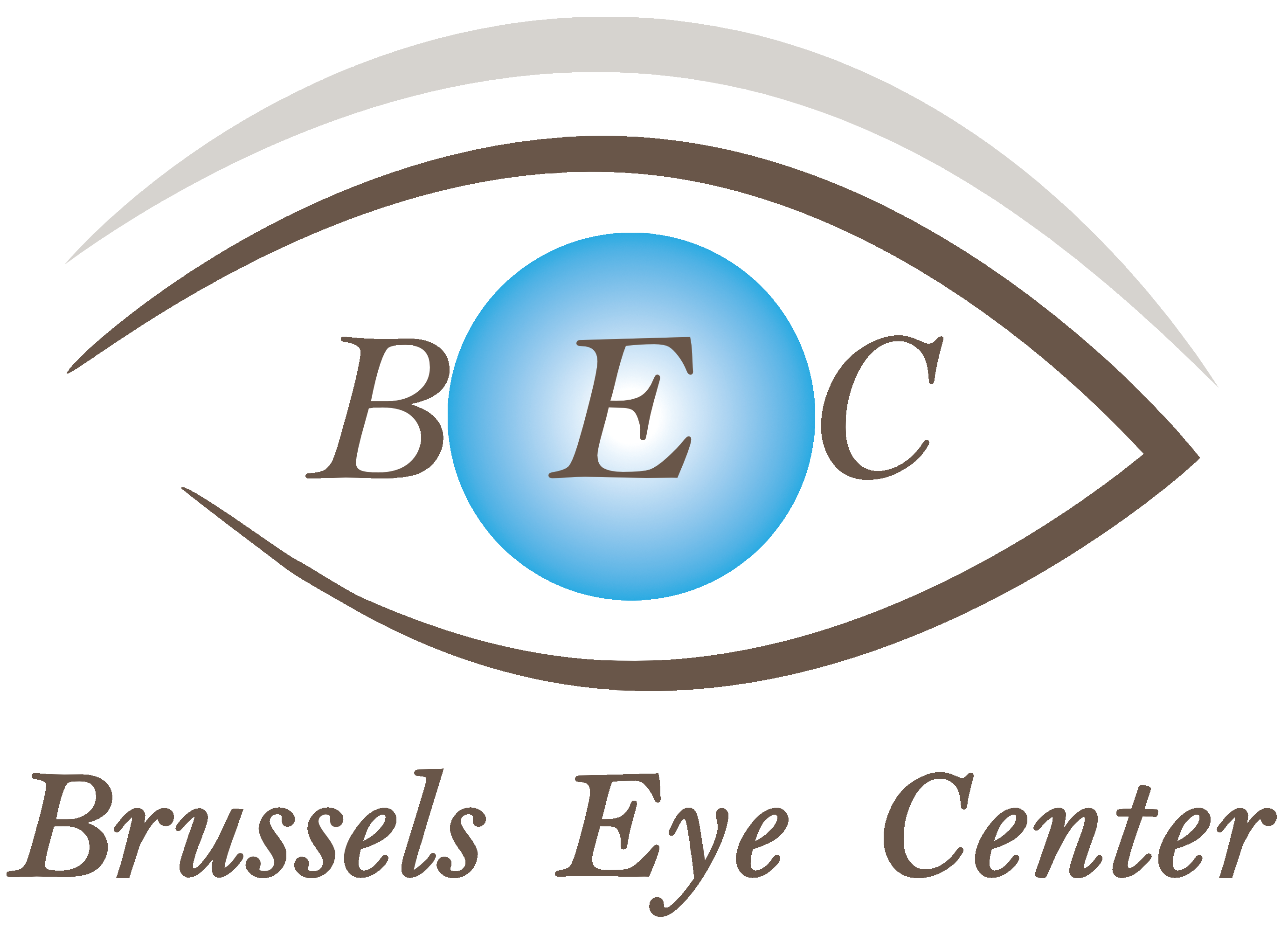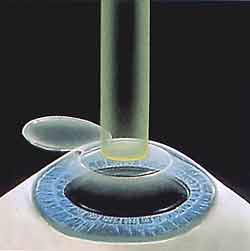- Le Lasik ou Laser In Situ Keratomileusis débute par la réalisation d’une fine lamelle cornéenne superficielle (capot).
- Ce capot est réalisé grâce à un microkératome automatisé ou à un Femtosecond laser.
- Il est ensuite soulevé et reste attaché à une partie de la périphérie cornéenne.
- Le faisceau laser Excimer assisté par ordinateur est appliqué sur la partie sous-jacente.
- Le capot est ensuite repositionné, sans sutures.
- L’adhérence se fait spontanément en quelques jours.
There is no pain following surgery but itching can occur for few hours. Visual recovery is fast, usually in few hours as no epithelial abrasion is performed on the surface of the cornea.
Lasik indications are moderate and high degrees of refractive errors of myopia, hyperopia, astigmatism.
Since 2007, he’s treating presbyopia combined with myopia, hypermetropia and astigmatism with the Optimized Global Monovision technique which provides a better range accommodation for near vision.
Since 2008, Dr. Jean Assaf réalise également les capots cornéens par le Femtosecond laser LDV, idéal pour les cornées trop cambrées ou trop plates, les cornées trop fines, etc.
Il utilise également les derniers softwares permettant de traiter les cornées par chirurgie réfractive en préservant une forme prolate naturelle de la cornée optimisant la qualité visuelle et réduisant les aberrations post-opératoires.
Le Laser Excimer is used in various refractive surgery techniques:


